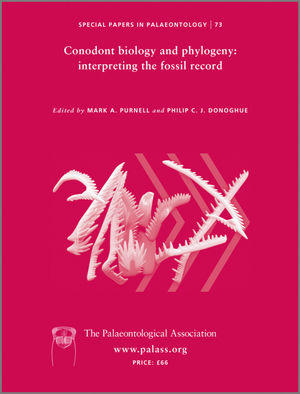Reg. Charity No. 1168330

Palaeontological evidence on the course of evolution is represented by fossil samples of ancient populations arranged according to their objective time-and-space coordinates. In the method of stratophenetics, morphological differences between successive samples that accumulate along a geological section are accepted as evolutionary in nature. Evolution is then reconstructed as a series of hypotheses of the ancestor–descendant relationship. Assuming a strict enough correspondence between morphological and molecular evolution, the lack of any statistically significant difference between samples neighbouring in time and taken from the same geographical location (a geological section) suggests a genetic continuity between the populations represented by them. With increasing time and space separating samples, the strength of such inference decreases, but the reasoning (referred to as chronophyletics) remains, in principle, the same. Different hypotheses of ancestry are in an unavoidable logical conflict because any lineage remains rooted in only one ancestral lineage although it may split into several descendant lineages. Testing phylogenetic trees with fossil evidence thus requires that a cladogram or phenogram is transformed into a set of hypotheses on the ancestor–descendant relationship (evolutionary scenario) and the inference has to proceed back in time (by retrodiction). The proposed methodology is illustrated with data on the Ordovician balognathid and Devonian palmatolepidid conodonts.